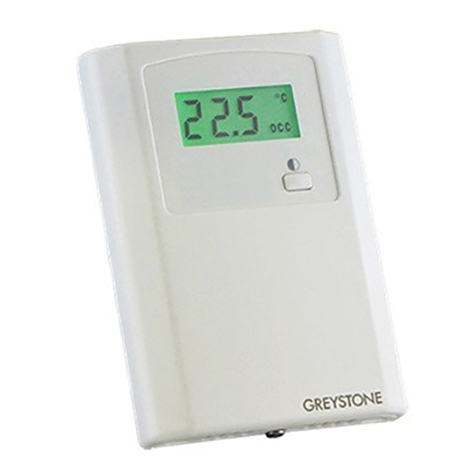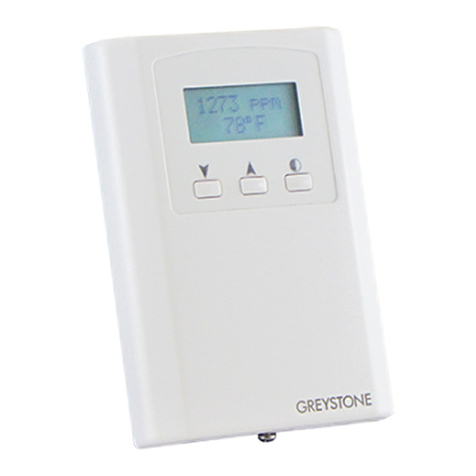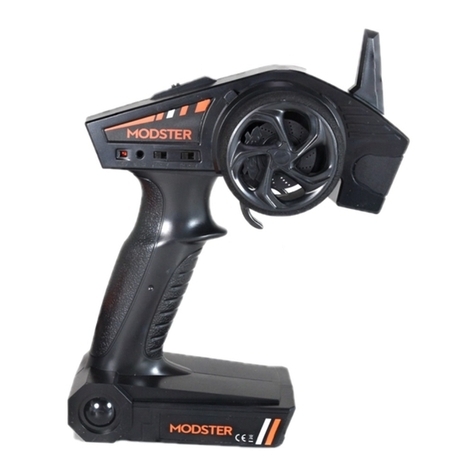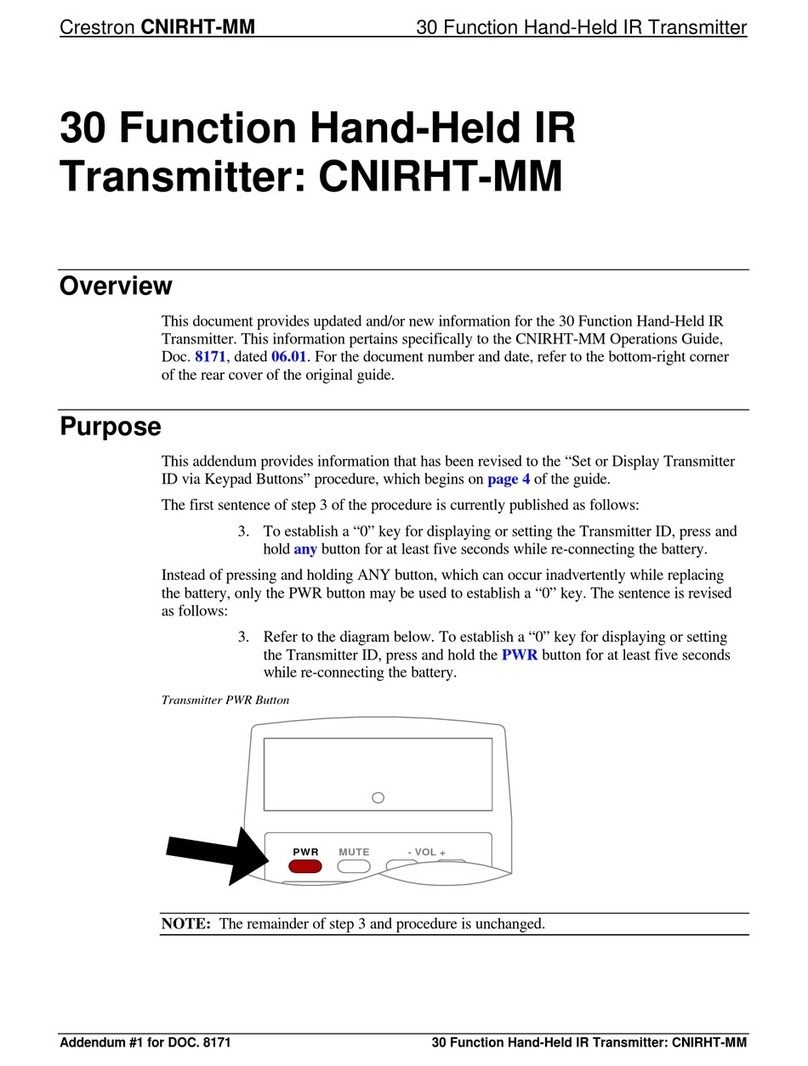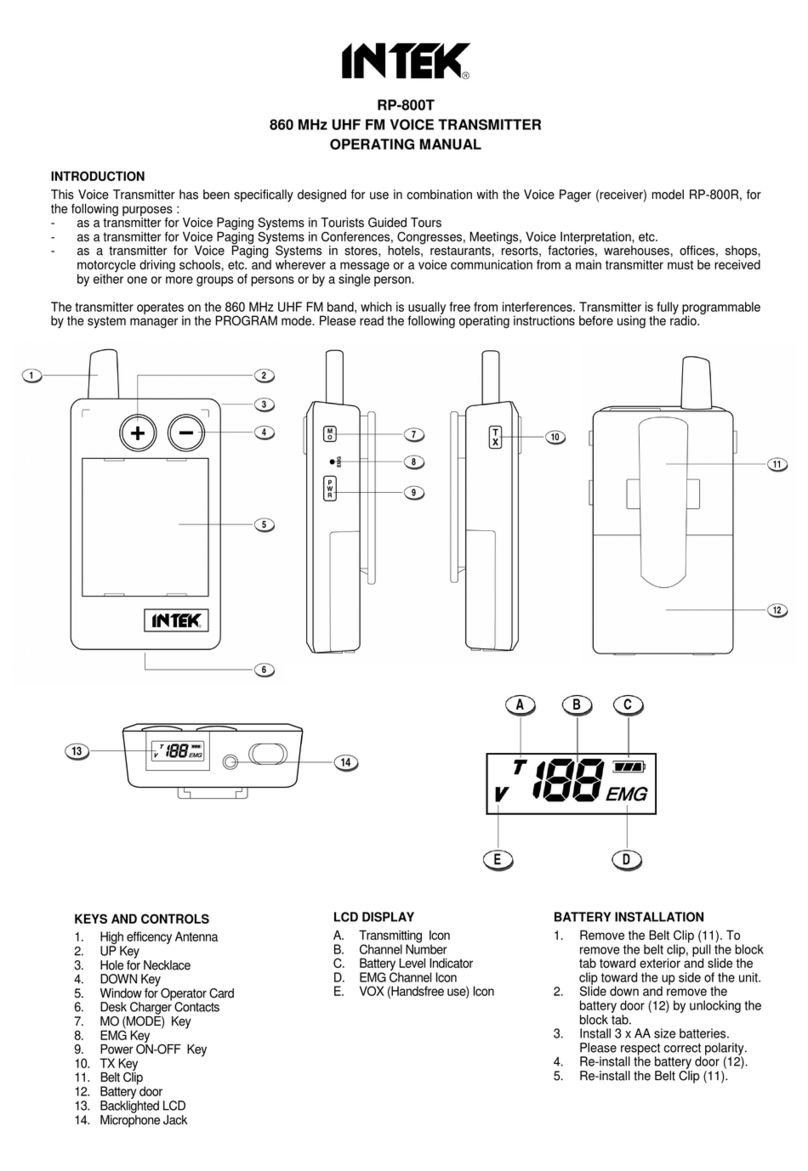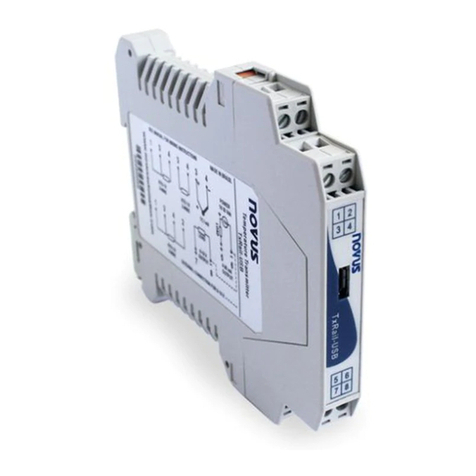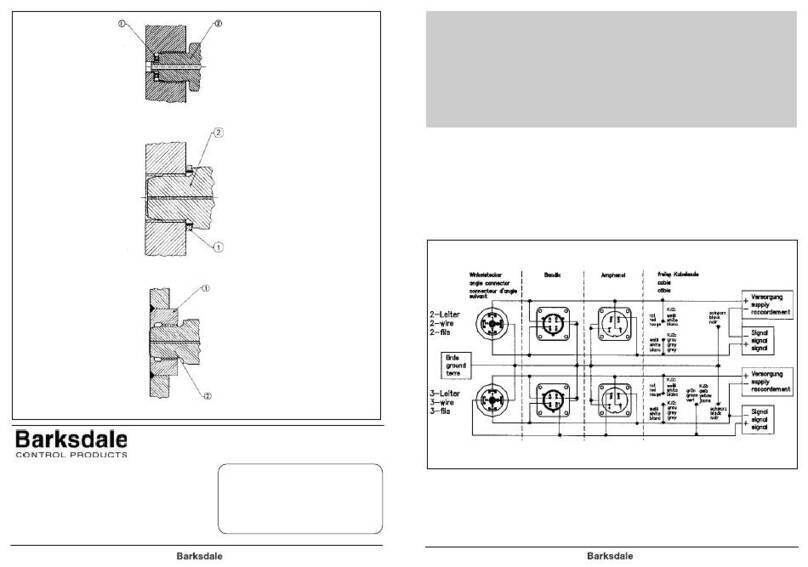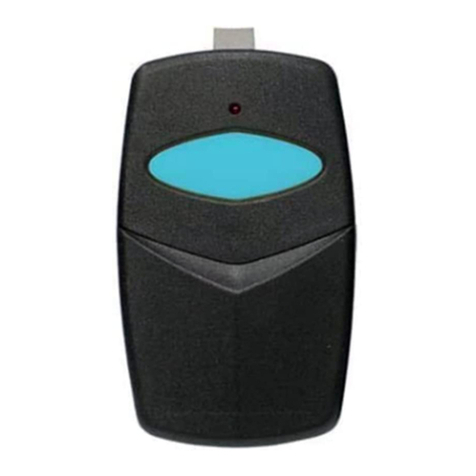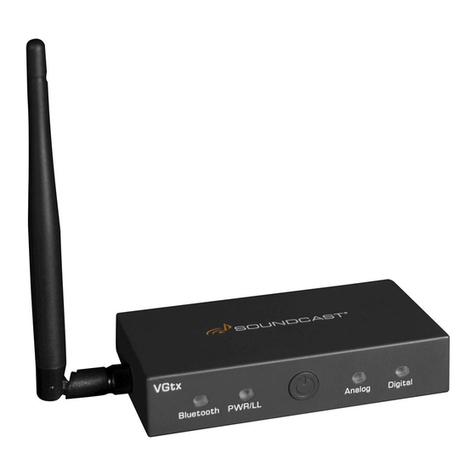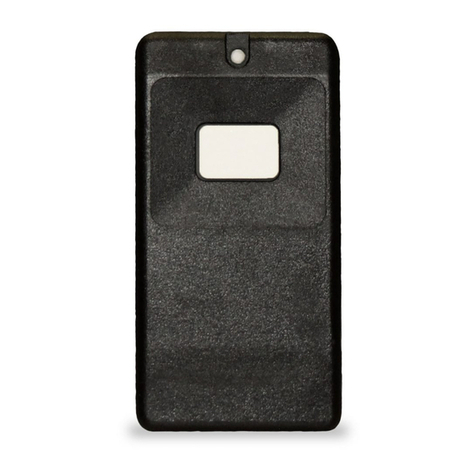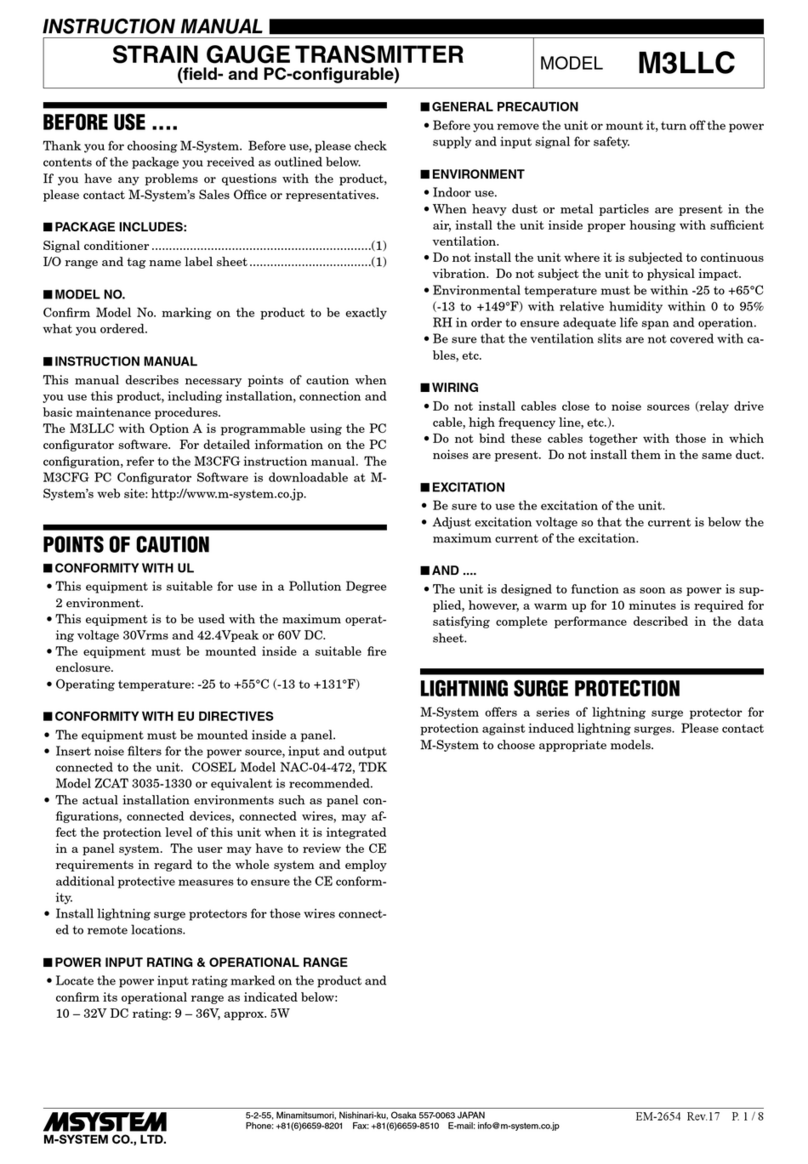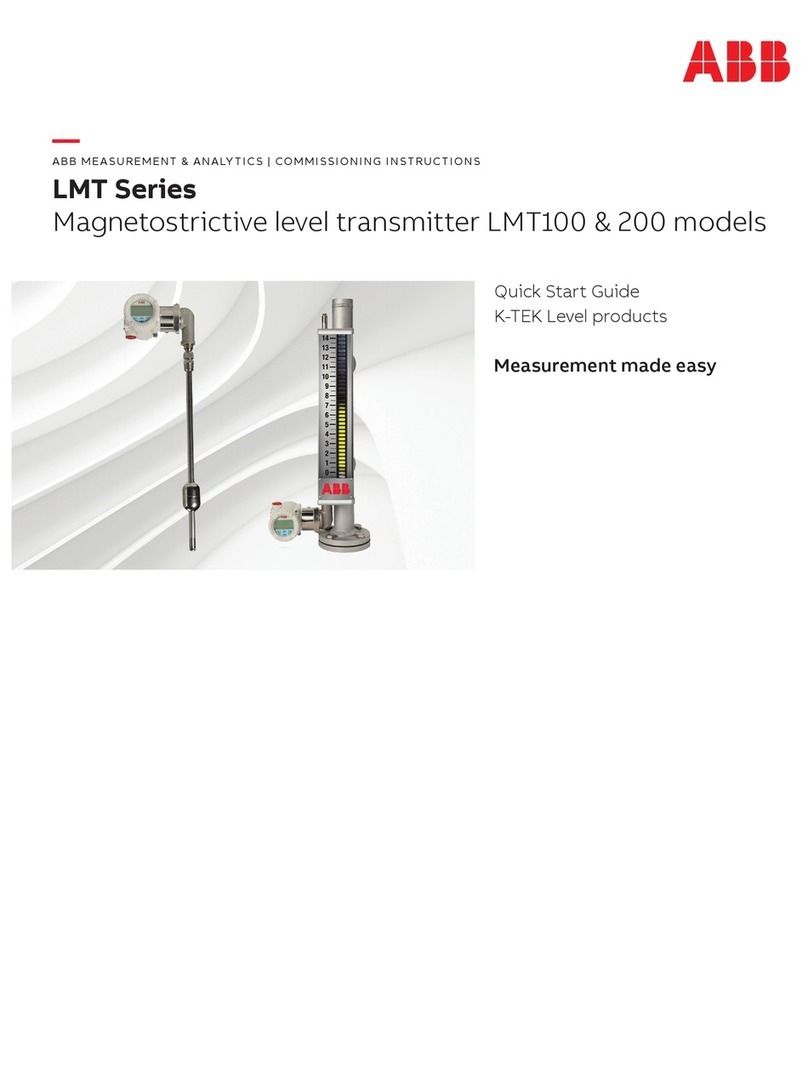Greystone Energy Systems TE500AD Series User manual
Other Greystone Energy Systems Transmitter manuals
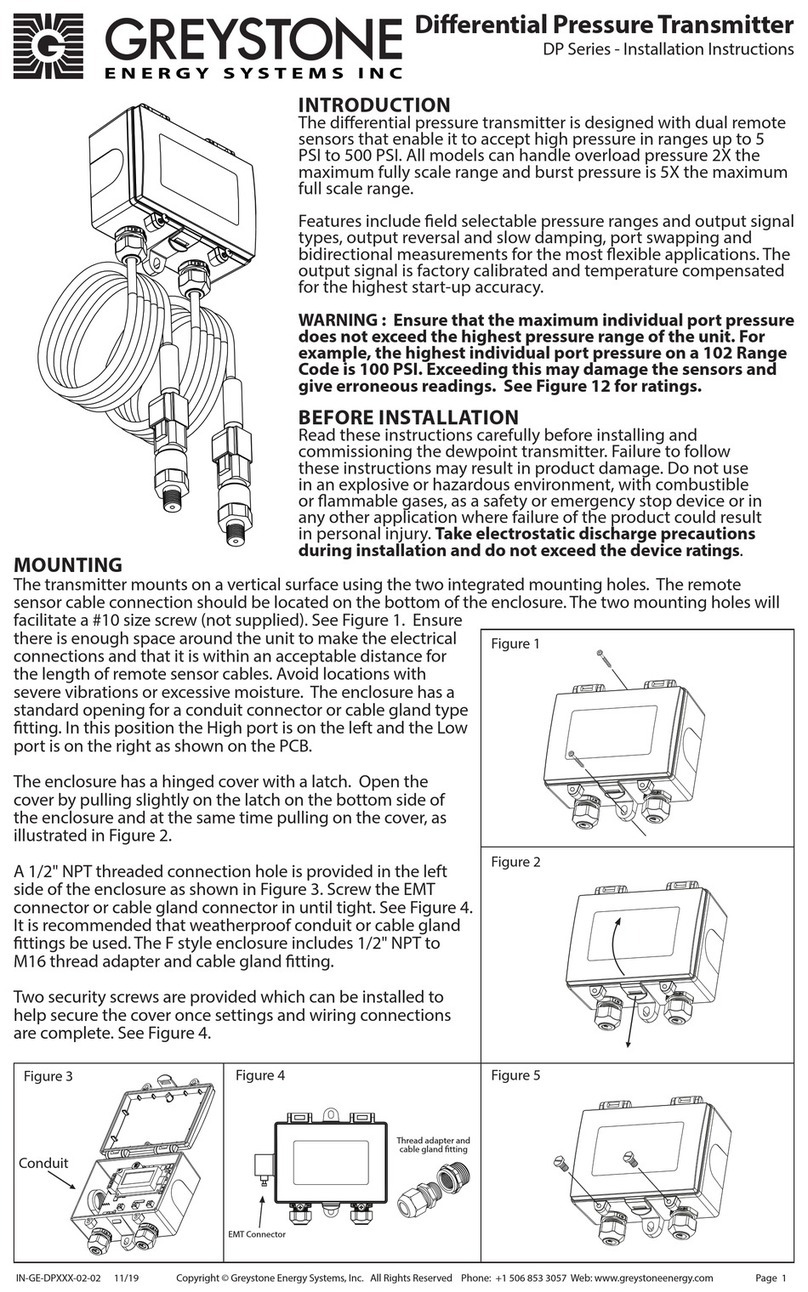
Greystone Energy Systems
Greystone Energy Systems DP Series User manual
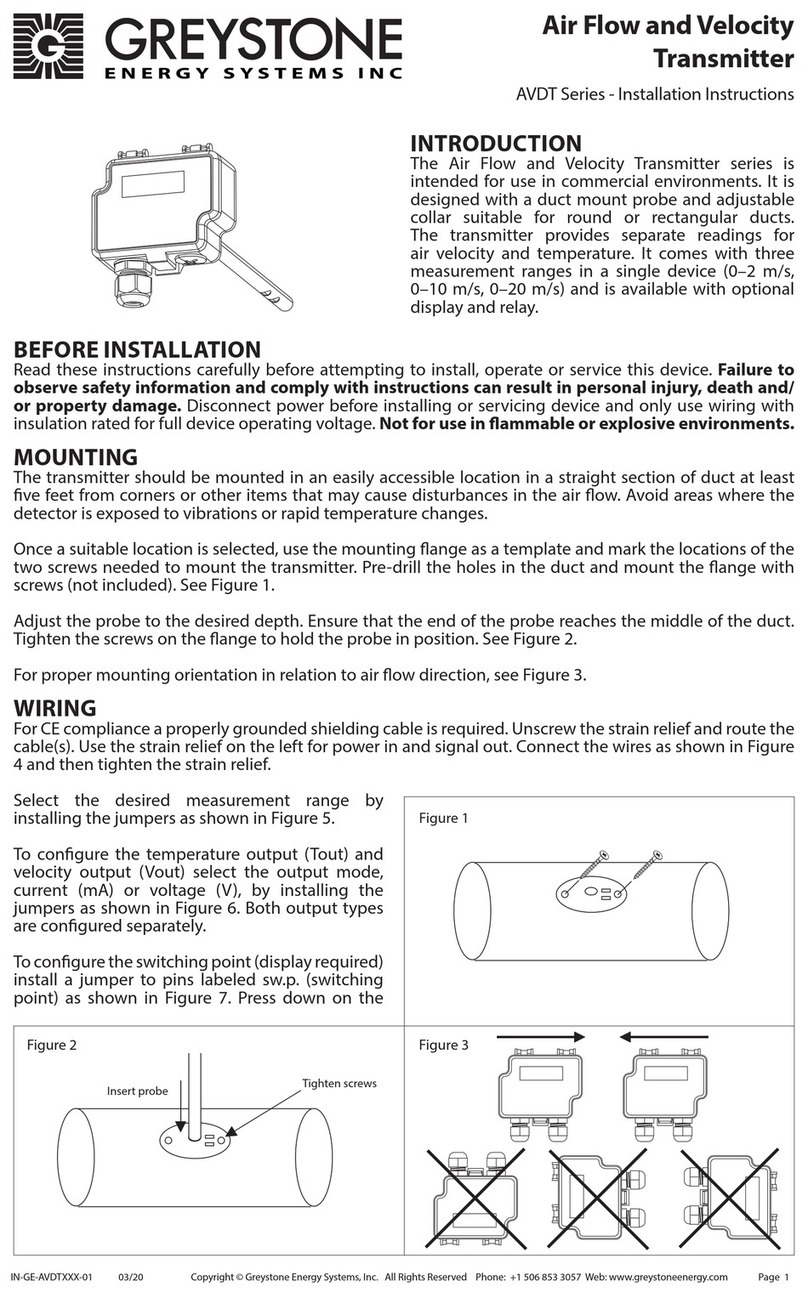
Greystone Energy Systems
Greystone Energy Systems AVDT Series User manual

Greystone Energy Systems
Greystone Energy Systems TE500AS Series User manual
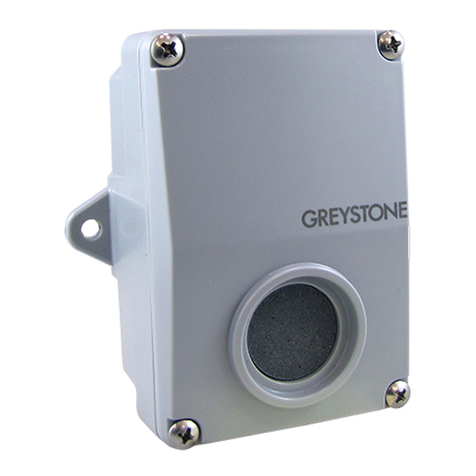
Greystone Energy Systems
Greystone Energy Systems CMD5B1 010 Series User manual
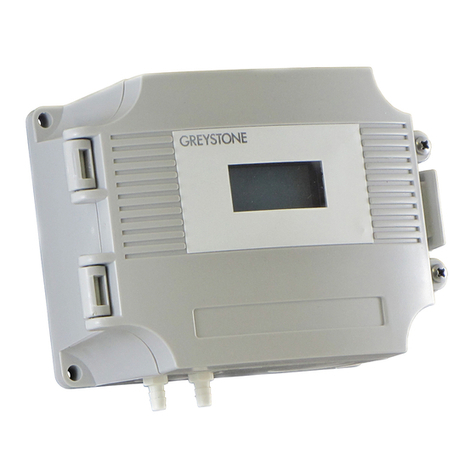
Greystone Energy Systems
Greystone Energy Systems ULP1 User manual
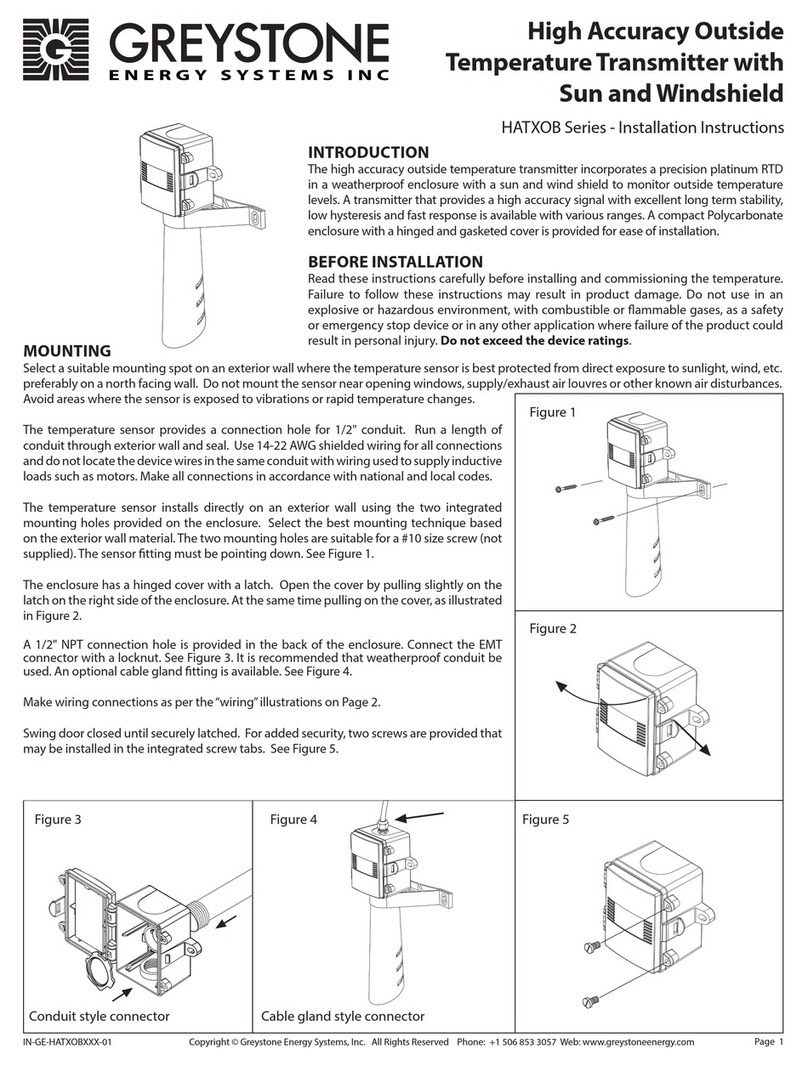
Greystone Energy Systems
Greystone Energy Systems HATXOB Series User manual
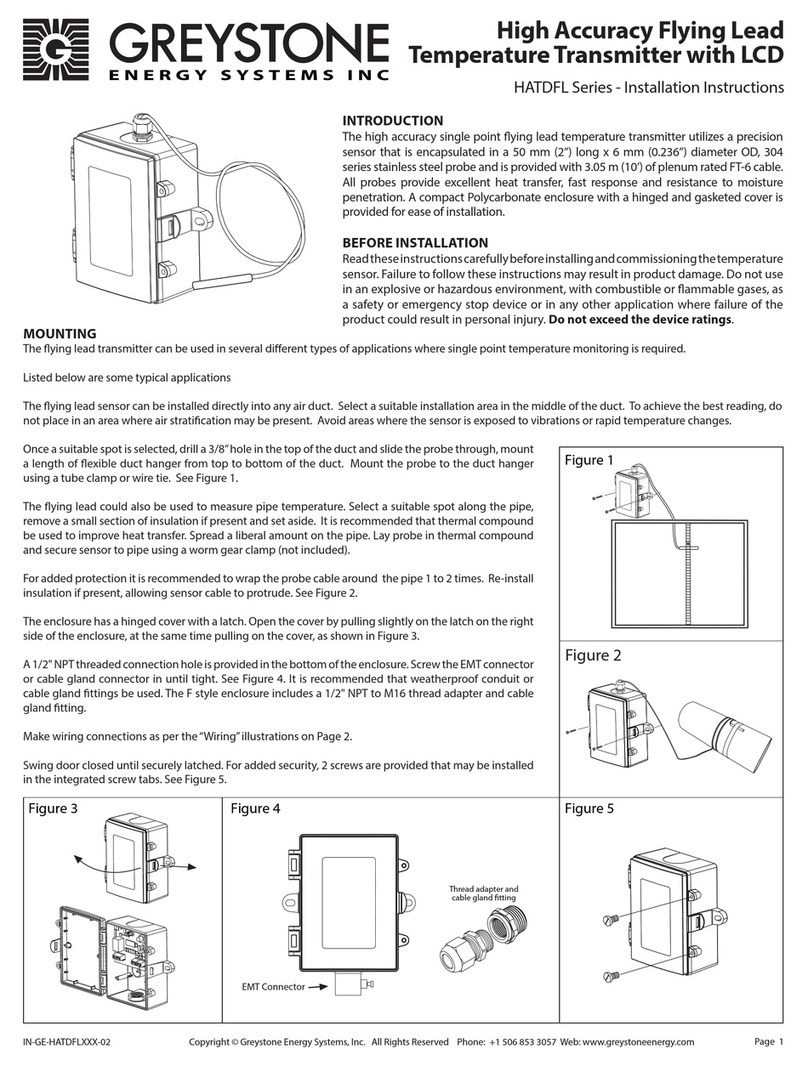
Greystone Energy Systems
Greystone Energy Systems HATDFL Series User manual
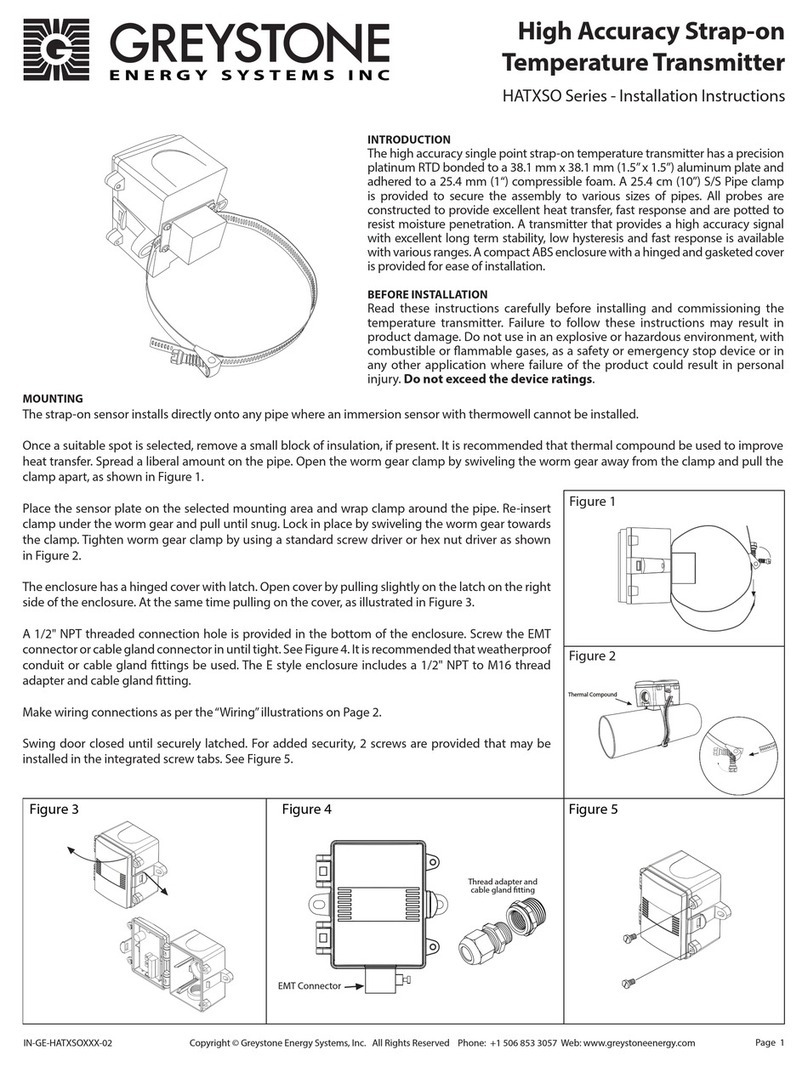
Greystone Energy Systems
Greystone Energy Systems HATXSO Series User manual
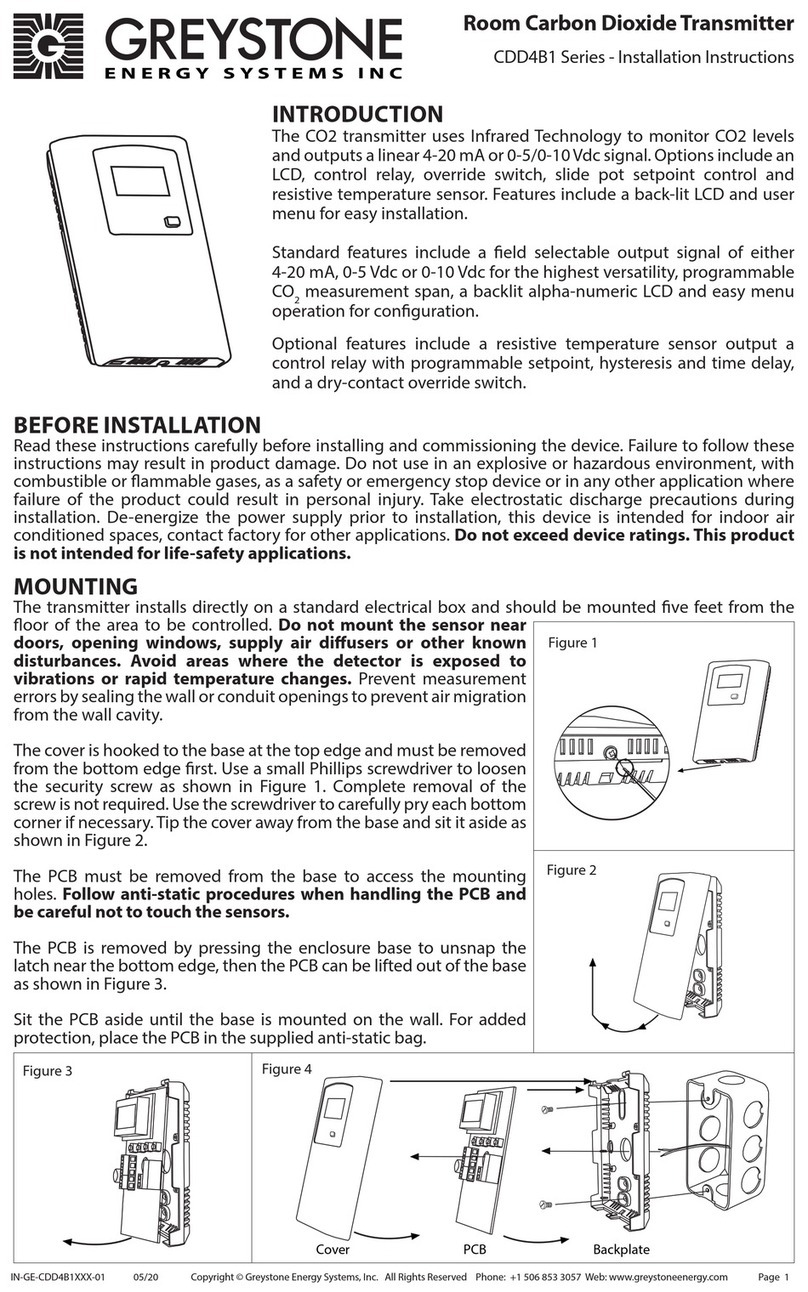
Greystone Energy Systems
Greystone Energy Systems CDD4B1 Series User manual
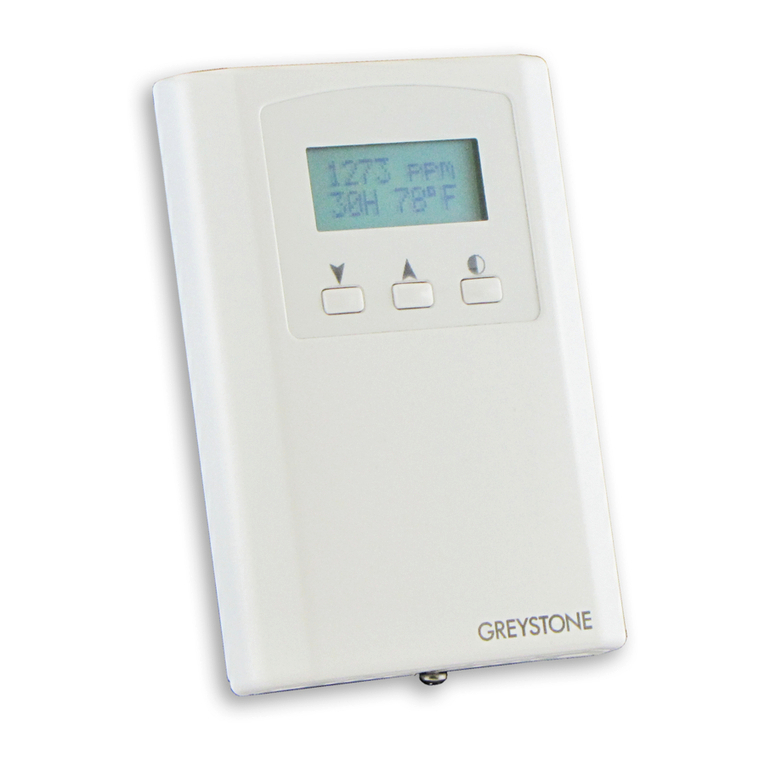
Greystone Energy Systems
Greystone Energy Systems CDD3A1 Series User manual
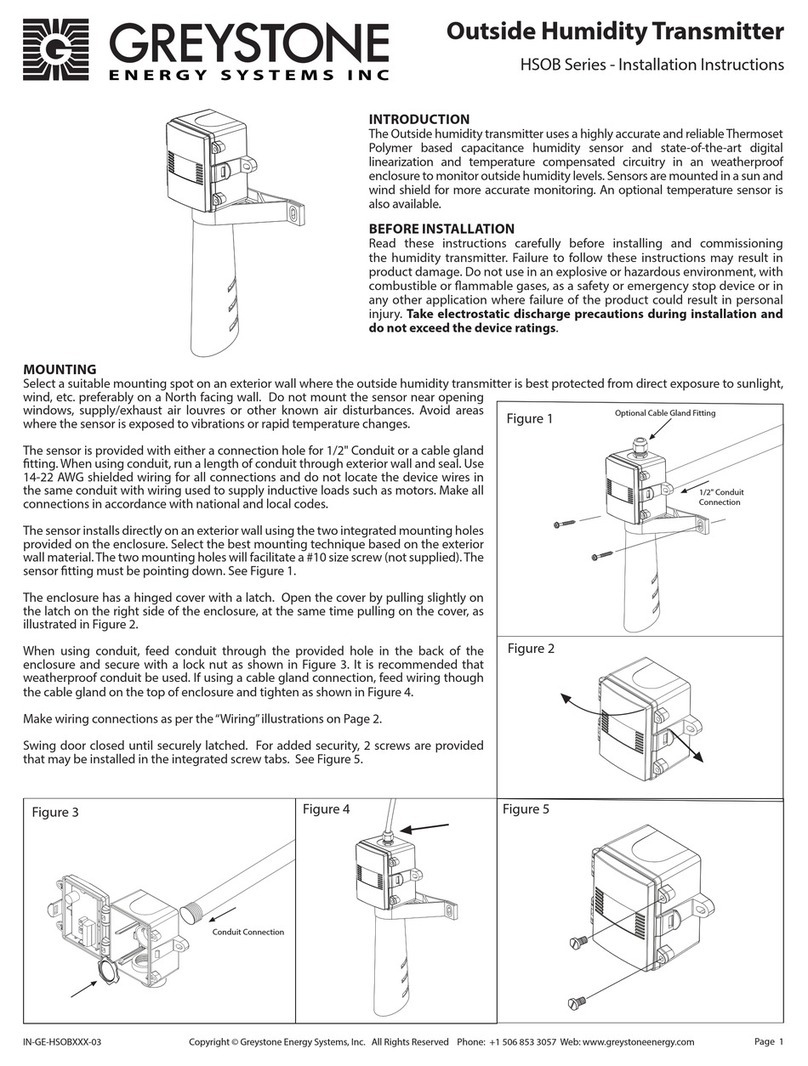
Greystone Energy Systems
Greystone Energy Systems HSOB Series User manual
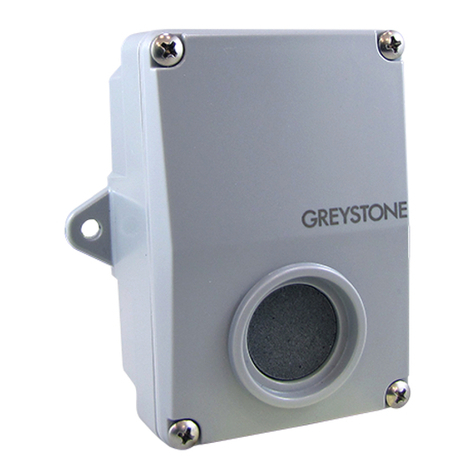
Greystone Energy Systems
Greystone Energy Systems NDD Series User manual
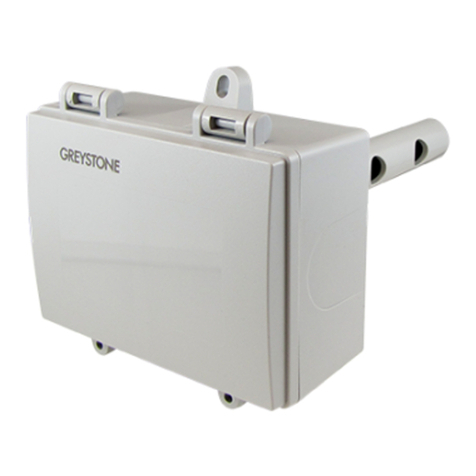
Greystone Energy Systems
Greystone Energy Systems CD2DT Series User manual
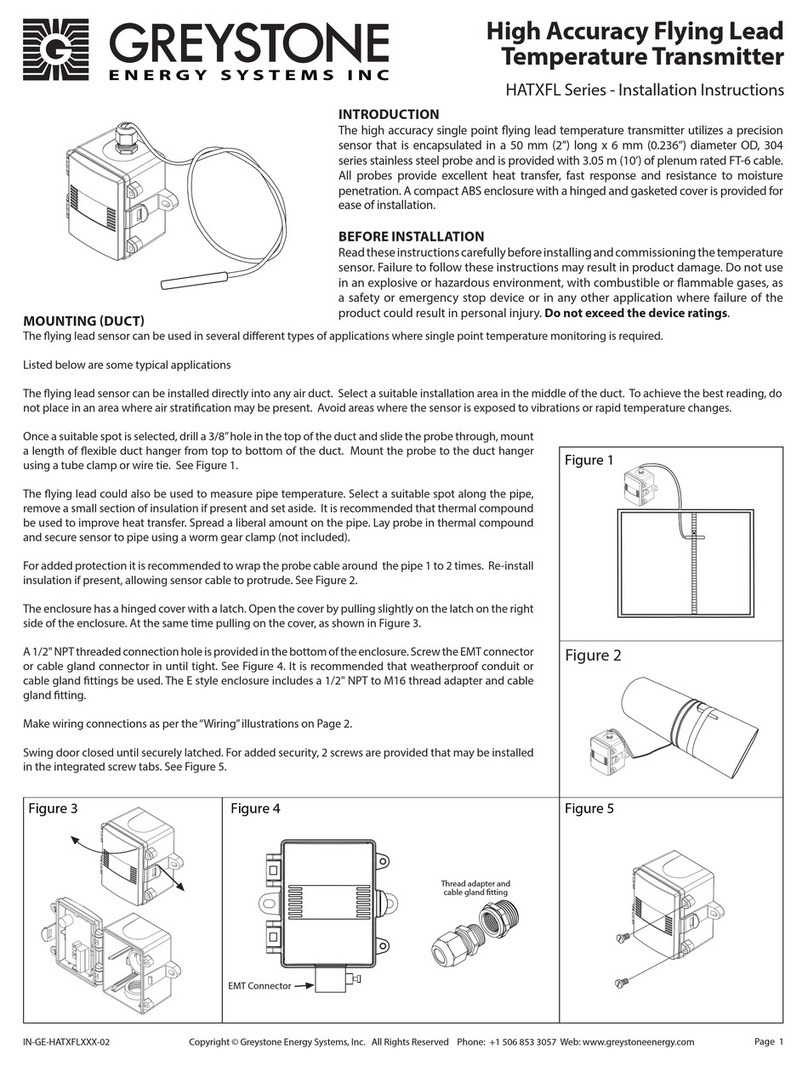
Greystone Energy Systems
Greystone Energy Systems HATXFL Series User manual
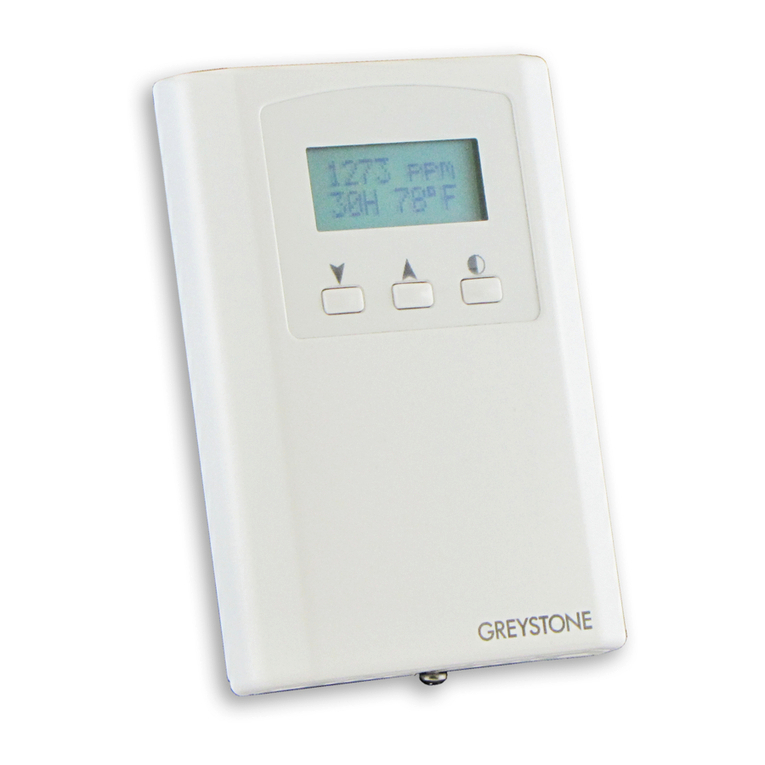
Greystone Energy Systems
Greystone Energy Systems CDD3B1 Series User manual

Greystone Energy Systems
Greystone Energy Systems HAHRC Series User manual
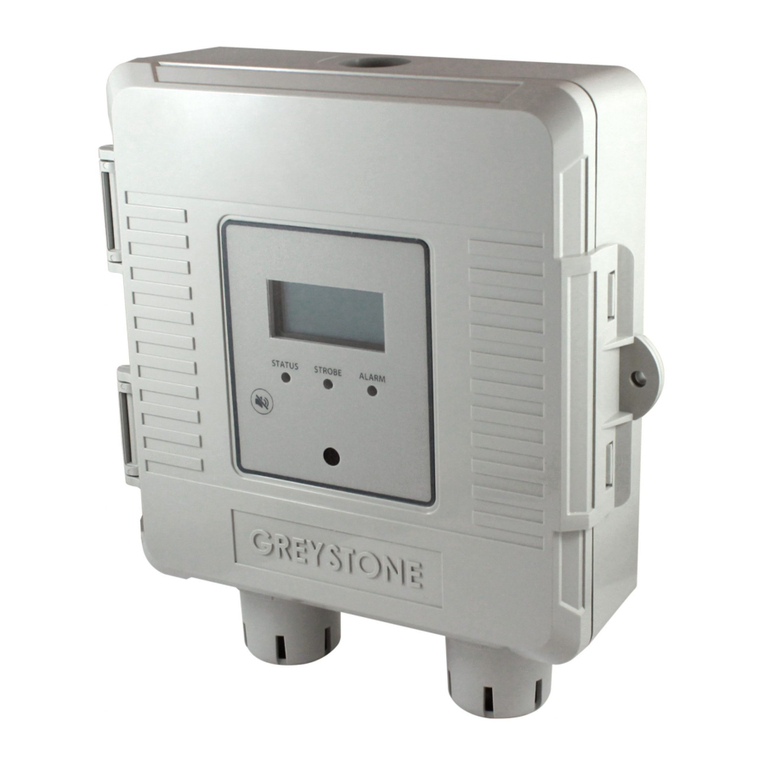
Greystone Energy Systems
Greystone Energy Systems GDT Series User manual
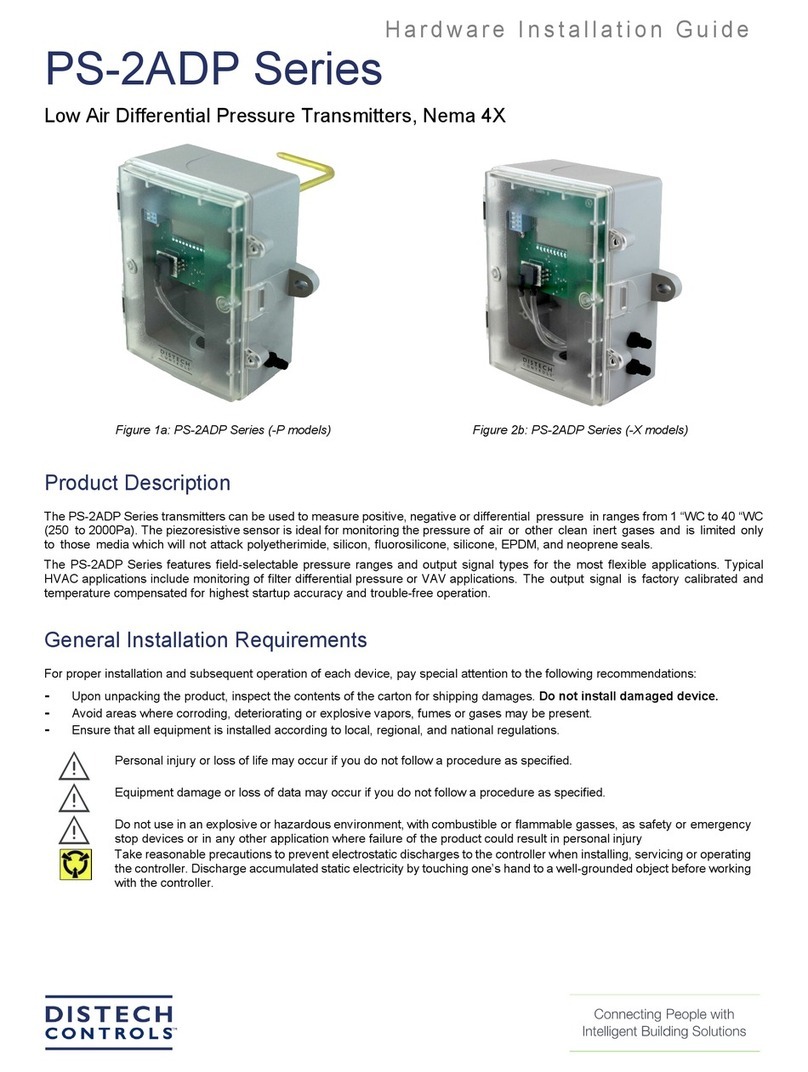
Greystone Energy Systems
Greystone Energy Systems PS-2ADP Series Manual
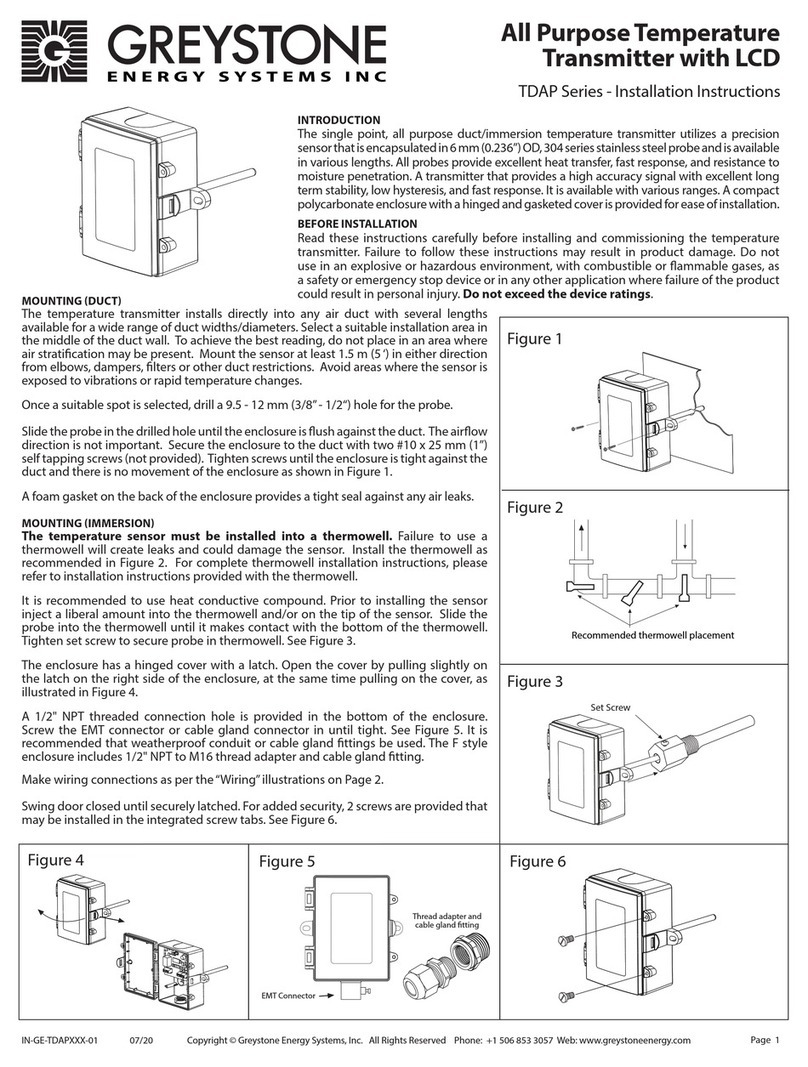
Greystone Energy Systems
Greystone Energy Systems TDAP Series User manual
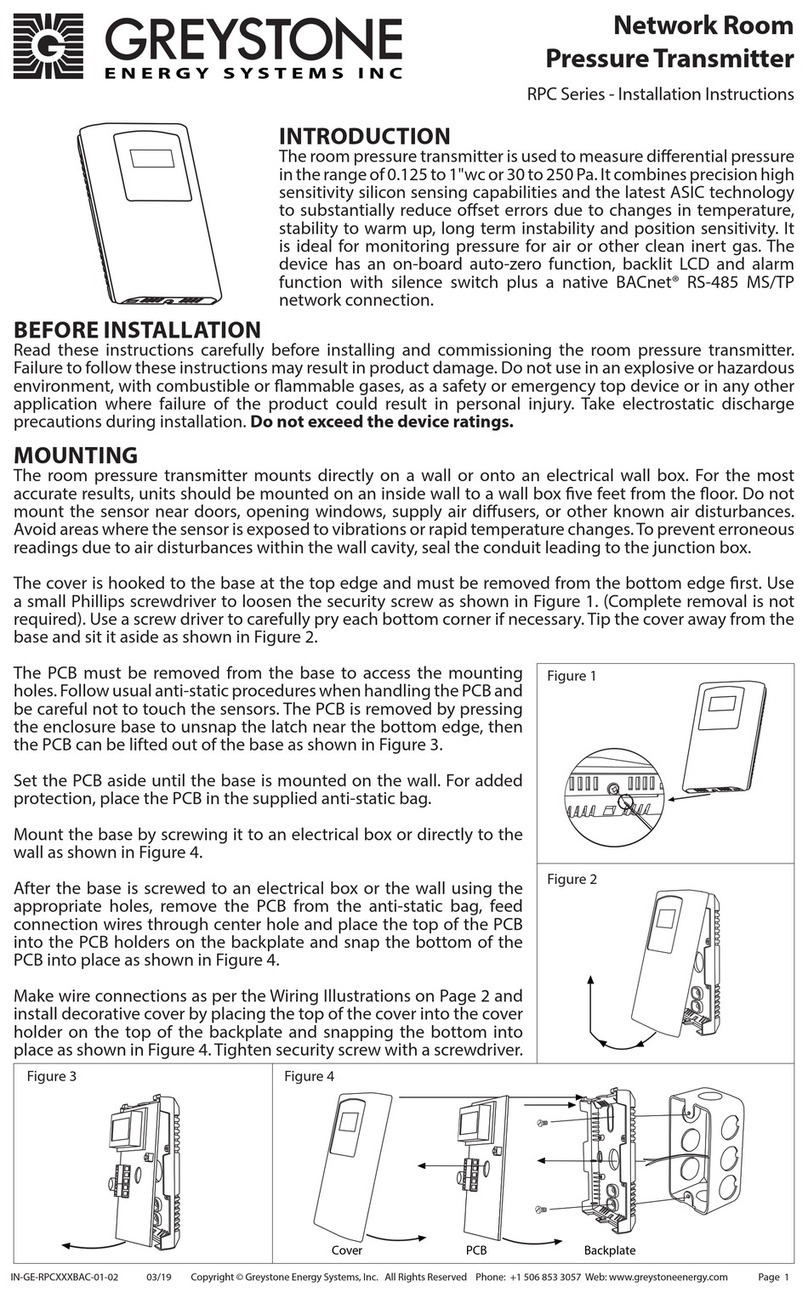
Greystone Energy Systems
Greystone Energy Systems RPC Series User manual
Popular Transmitter manuals by other brands
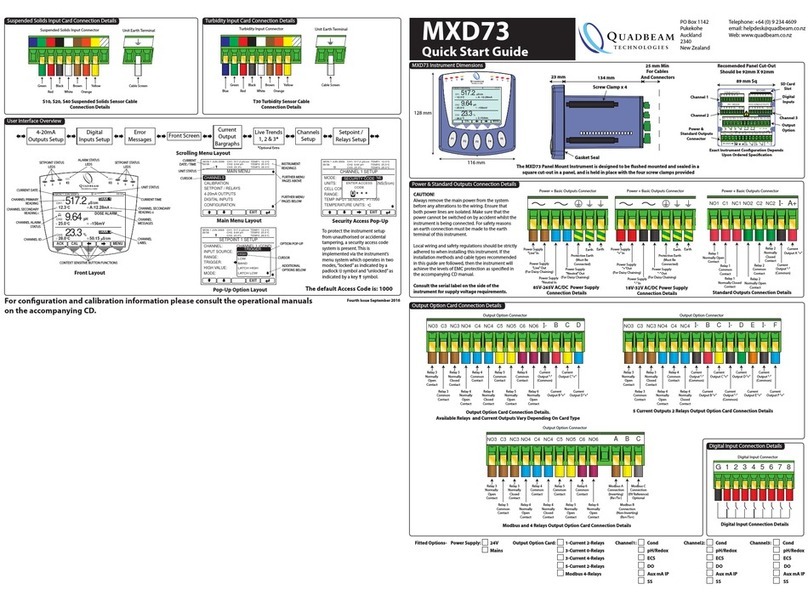
Quadbeam Technologies
Quadbeam Technologies MXD73 quick start guide
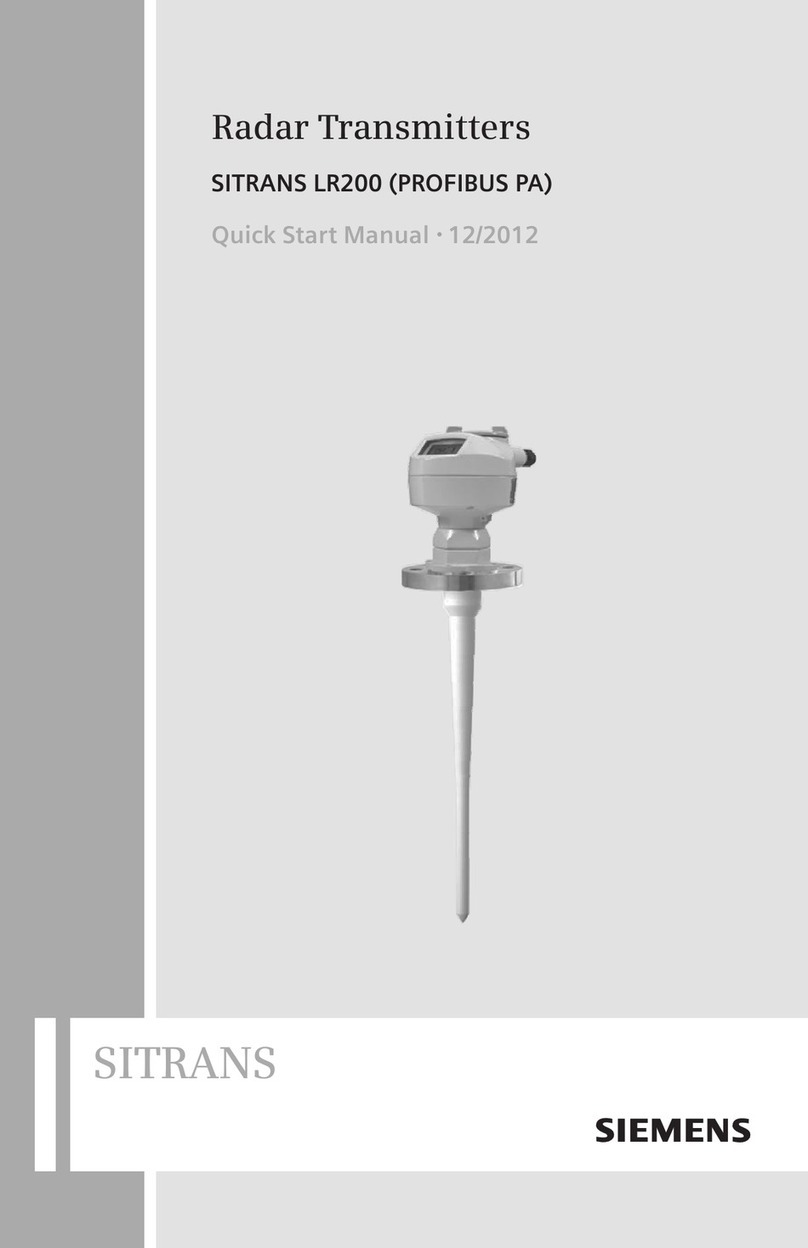
Siemens
Siemens Sitrans LR200 Quick start manual

Transcell Technology
Transcell Technology TI-1500VC Setup and operation manual
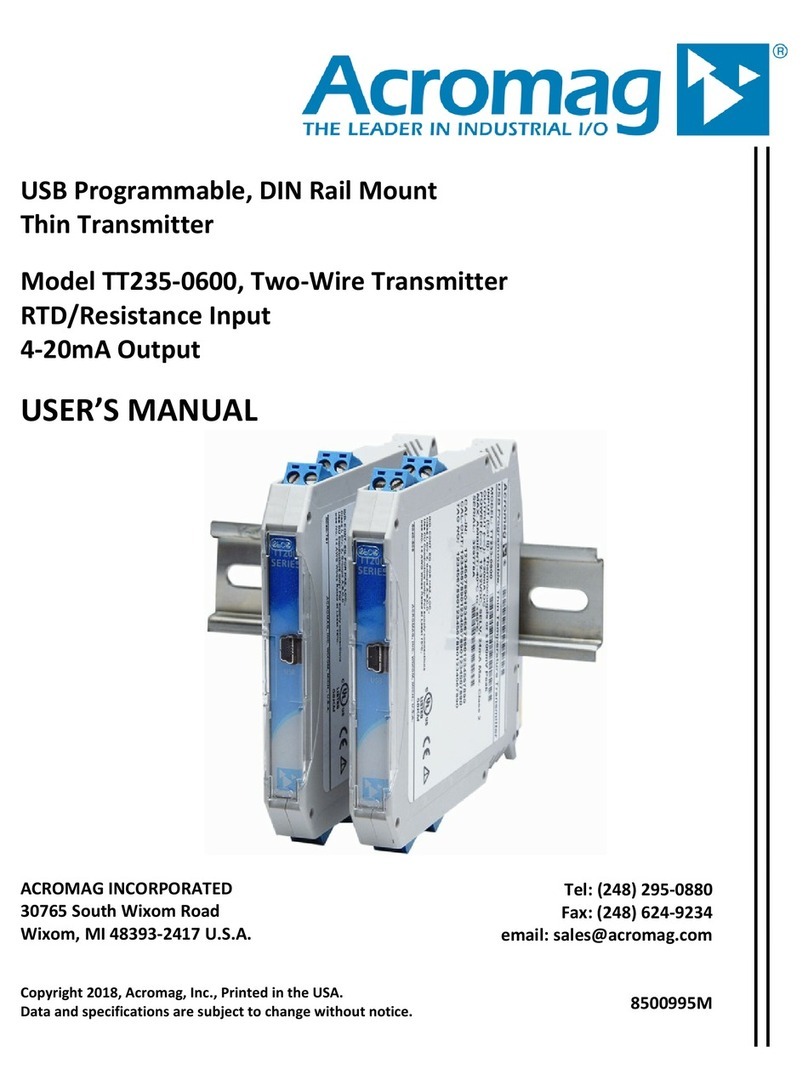
Acromag
Acromag TT235-0600 user manual

WIKA
WIKA IPT-11 operating instructions
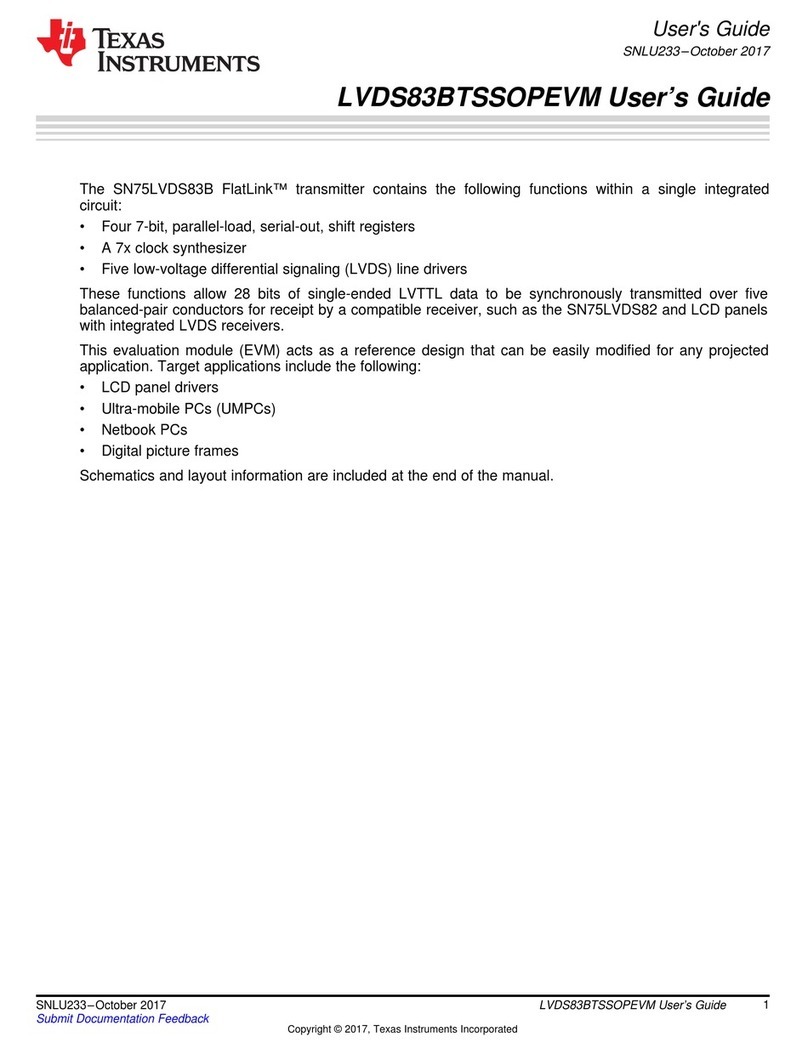
Texas Instruments
Texas Instruments FlatLink SN75LVDS83B user guide


